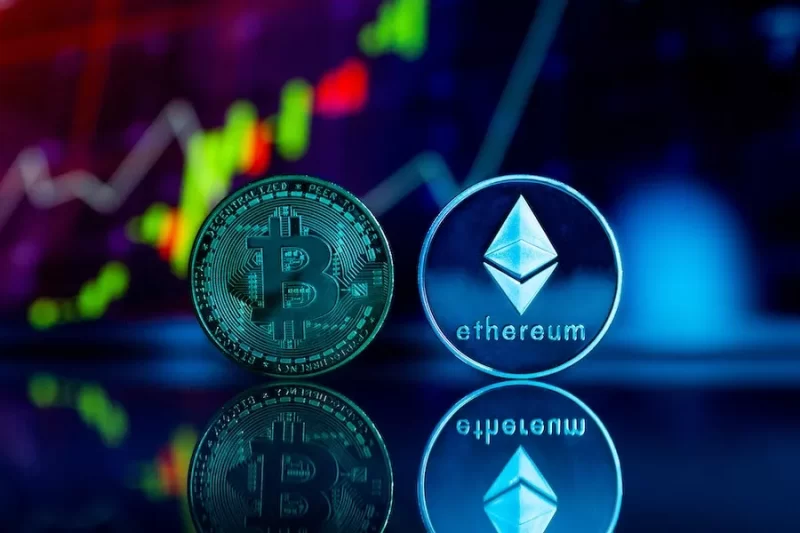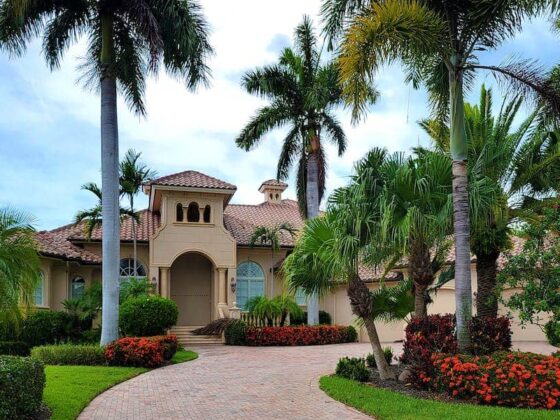When Ethereum was introduced, it grappled with an array of issues. Scalability, decentralization, and security were the hottest ones. The transaction fees also served as a reason for the concerns of many Ethereum users. While the Ethereum community is still working to solve these issues, layer-2 scaling solutions emerge to improve the Ethereum network bandwidth. Polygon is one of them.
Polygon Crypto Network Basics
Back in 2017, Indian developers started an Ethereum scalability project called Polygon. It enabled blockchain networks to connect and scale. It has established itself as one of the most promising scalability projects.
Polygon serves as a layer-2 scaling solution that runs alongside the Ethereum blockchain. It handles transactions on its side, reducing processing time and fees. To use it, you’ve got to have a native cryptocurrency MATIC. It allows you to pay fees, stake coins, and more.
Polygon uses a proof-of-stake consensus mechanism to create new MATIC and manage the network. You can trade MATIC as well. Along with the need to exchange Ethereum to Bitcoin, you may also wonder how to swap other currencies for MATIC.
The Polygon network allows you to do pretty much the same things as Ethereum but with the advantage of faster transactions and much lower fees.
Polygon Solution Set
Polygon was created as an Ethereum scaling solution. Recently, it has extended its capabilities to work with other blockchains. As of now, there are seven Polygon solutions meant to solve the scalability and high-fee issues present in other blockchains. Yet, two of them are live and operating: Polygon PoS and Polygon Supernets. The rest are under development and are expected to be delivered soon.
Out of the multiple Polygon options that teams can choose to integrate blockchains, Plasma chains, optimistic rollups, and ZK rollups are by far the most popular ones. So, let’s take a quick look at these solutions.
Plasma Chain
Polygon’s scaling solution, Plasma chain, is a separate blockchain anchored to Ethereum Mainnet. It handles the transactions off-chain using the Polygon’s own mechanisms for block validation. Within bridges, assets and tokens are moved between the root chain and the sidechain. This way, the network’s bandwidth is significantly increased and apps developed on Polygon become interoperable. Developers can use Plasma for peculiar state transactions with ERC20, ERC721, or other custom predicates.
Optimistic Rollups
Another Polygon’s layer-2 solution, optimistic rollups, runs on top of Ethereum. It uses fraud proofs to enable near-instant transactions. Here, a sequencer is responsible for the interaction between two layers. The sequencer will verify that the user has enough corresponding assets in their Layer 2 account while depositing assets to Layer 1.
Also, optimistic rollups introduce the concept of the challenge period, which lasts for seven days. It is required when new state roots are released. During the challenge period, a verifier can submit a fraud proof if they think that one of the state transactions is invalid. In the event of a successful proof, the state transition is canceled and the assets are awarded to the verifier.
Zero Knowledge Rollups
Another one of Polygon’s scaling solutions is zero-knowledge or ZK rollup. It is a technology that brings together multiple off-chain transactions into one on-chain transaction. This solution generates a zero-knowledge proof for every rollup to verify the transaction. These proofs enable an instant confirmation of the rollup transaction on the root chain. Thus, users can move the funds between the base blockchain (like Ethereum) and the rollup without delays.
How Will Polygon Develop Further?
Polygon is not the only project aiming to speed up Ethereum transactions and cut fees. Solana is one of its closest rivals (you can check how MATIC to SOL correlates here). However, Polygon does not solely focus on the Ethereum blockchain. It is developing in several areas, which gives it a significant advantage over its competitors. Perhaps, these areas will become even more prominent in 2023 and Polygon will become a go-to generalized scaling solution very soon.










